Another Micro-LED Project Started in China
We note that Jade Bird (pvt), Shanghai based producer of micro-LED displays and Micro-projectors has also bee building new capacity, and had recently capped a $92m project in Hefei that is expected to be able to produce 120m units/year when fully built out, which we expect will begin production in 1H ’23. Jade Bird currently produces three mono-color 0.13” Micro-LED displays with a resolution of 640x480 with extreme high brightness @5,000ppi.
China has been very active in developing advanced display technology projects, with a number of ventures being funded both by the government, private industry (local and foreign) and VCs in China, going back a number of years. The projects range from Micro-OLED production and driver facilities, to Micro-LED process development and small scale production lines, with secondary larger projects behind them. China’s largest panel producer BOE (200725.CH) began investing in Micro-OLED back in 2017, developing a line with a $170m investment, and Olightek (pvt/state) and US based Kopin (KOPN) both contributed to the project. Visionox (002387.CH) has a subsidiary that has a Micro-LED pilot line that began prototype production last year, showing a 300+ppi 1.84” sample this year, and TCL (000050.CH) announced a 2.02” VR oriented Micro-LED display and a TCL subsidiary released holographic waveguide based Micro-LED full color display late last year, and both eMagin (EMAN) and Kopin have been developing their own versions of Micro-OLED displays.
Samsung Display (pvt) and Samsung Electronics (005930.KS) have been particularly quiet about their Micro-LED and Micro-OLED plans outside of their TV and monitor applications, but we know that part of the development of SDC’s QD/OLED displays involves the potential development of nano-rods, Micro-LED structures that can be grouped into very small ‘clumps’ for high density Micro-LED displays along with quantum dots for color conversion, but as Samsung seems to have little interest in competing in the VR/AR world, at least at this point, but we find it hard to believe that SDC is not working toward producing a Micro-OLED high resolution, high brightness display for customers given its expertise in RGB OLED display production. All in, while both Micro-OLED and Micro-LED display production is still in the early stages of development, particularly Micro-LED, China is certainly looking to become a major player in the space, we expect with the idea of creating at least an even playing field with South Korean, Taiwan, or Japanese display producers, and not having to spend years trying to catch up with other producers. Capital, even in this more difficult environment, does not seem to be an issue, with the stumbling blocks more toward finding more standardized processing techniques than finding applications or financing.
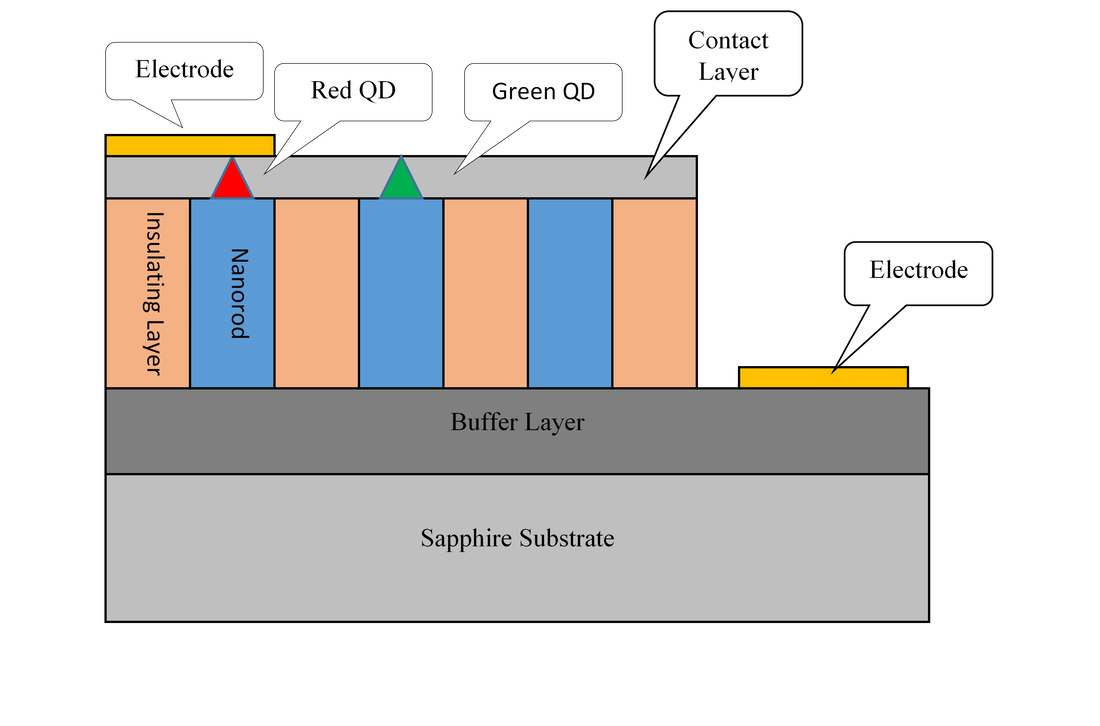

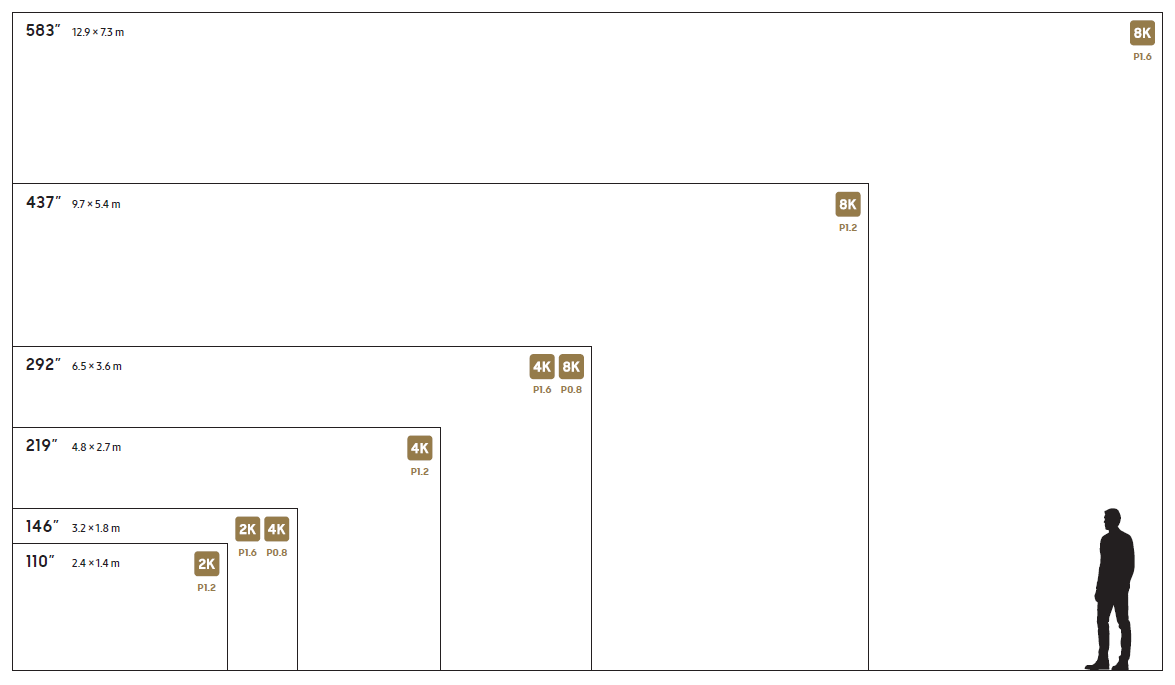
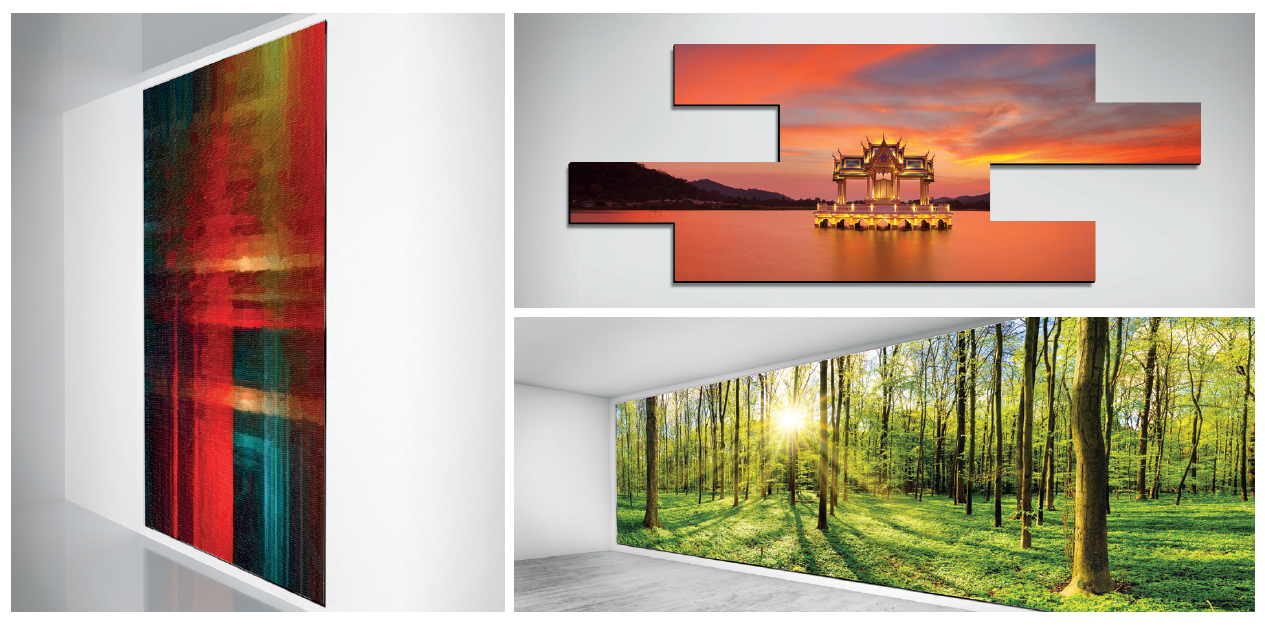

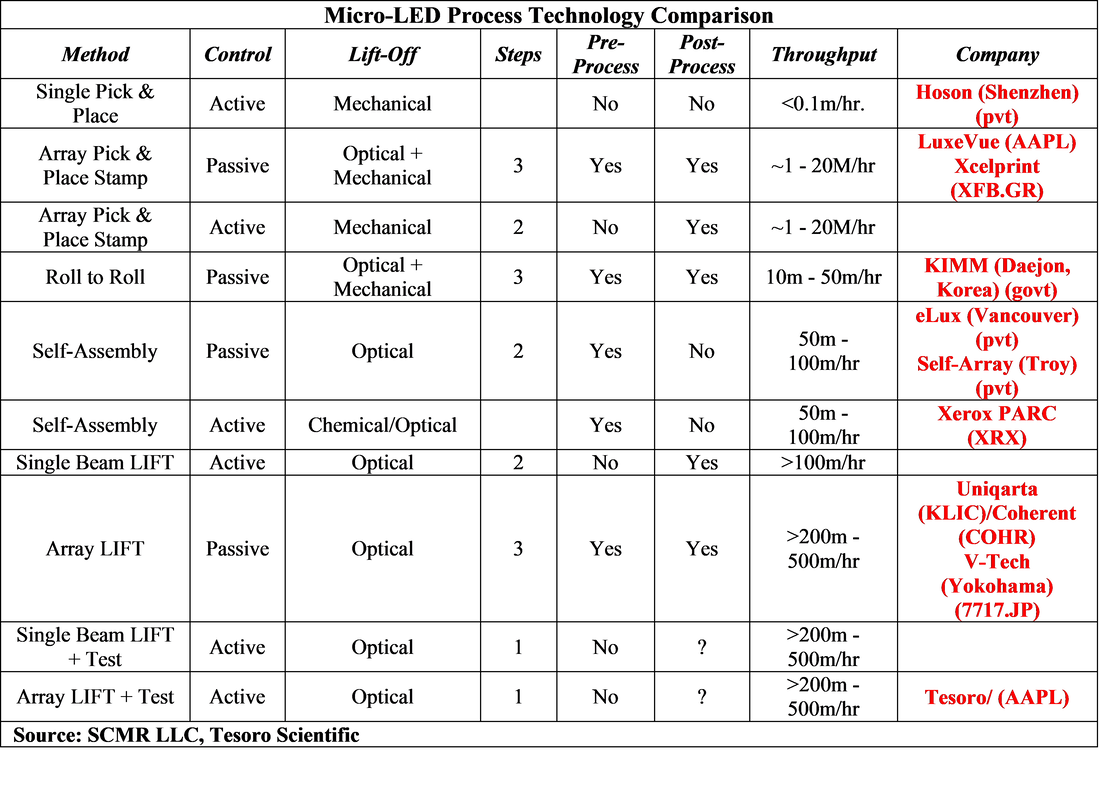
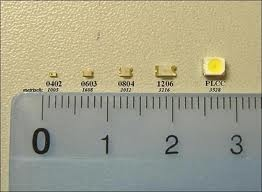
 RSS Feed
RSS Feed